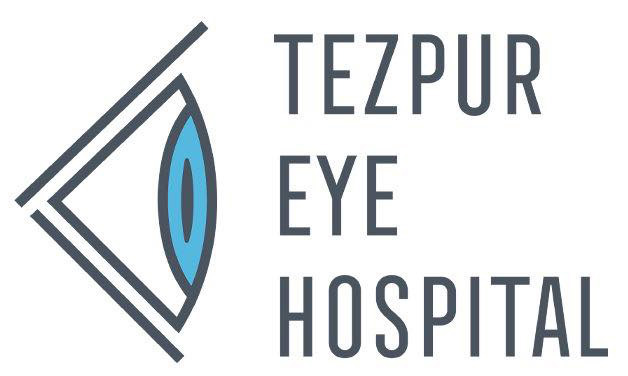Glaucoma
What is glaucoma?
Glaucoma is a leading cause of blindness especially for older people. It is a disease of the optic nerve. When damage to the optic nerve occurs, blind spots in the field of vision develop, and usually go undetected until the optic nerve is significantly damaged. Early detection and treatment are the keys to preventing optic nerve damage.
Who is at risk for glaucoma?
The most important risk factors include age, elevated eye pressure, family history of glaucoma, farsightedness or near sightedness, past eye injuries, thinner central corneal thickness, systemic health problems, including diabetes, migraine headaches, and poor circulation. Your ophthalmologist will weigh all of these factors before deciding whether you need treatment for glaucoma, or whether you should be monitored closely as a glaucoma suspect.
How is glaucoma detected?
Regular eye examinations by your ophthalmologist are the best way to detect glaucoma. The only sure way to detect glaucoma is to have a complete eye examination. During your glaucoma evaluation, your ophthalmologist will: measure your intraocular pressure (tonometry); inspect the drainage angle of your eye (gonioscopy); evaluate whether or not there is any optic nerve damage (ophthalmoscopy, optical coherence tomography) and analyse your visual fields (Perimetry)
How is glaucoma treated?
As a rule, damage caused by glaucoma cannot be reversed. Eye drops, laser surgery, and surgery are used to help prevent further damage. In some cases, oral medications may also be prescribed. Periodic examinations are very important to prevent vision loss. Because glaucoma can progress without your knowledge, adjustments to your treatment may be necessary from time to time.
General information:
Regular medical eye exams help prevent unnecessary vision loss. Recommended intervals for eye exams are: Ages 20 to 29: Individuals with a family history of glaucoma should have an eye examination every 2 to 3 years. Others should have an eye exam at least once during this period.
Ages 30 to 39: Individuals with a family history of glaucoma should have an eye examination every 1 to 2 years. Others should have an eye exam at least twice during this period. Ages 40 and older: Every year.
